I‘ve visited Israel numerous times since the summer of 1967, both in a private and professional capacity. As a wag once quipped, Israel has too much history and not enough geography, which is precisely why it’s so interesting and accessible
Even seasoned travellers who know what the Jewish state has to offer usually discover something new, something fresh, on their current visit to Israel, a nation on the move and always in flux.
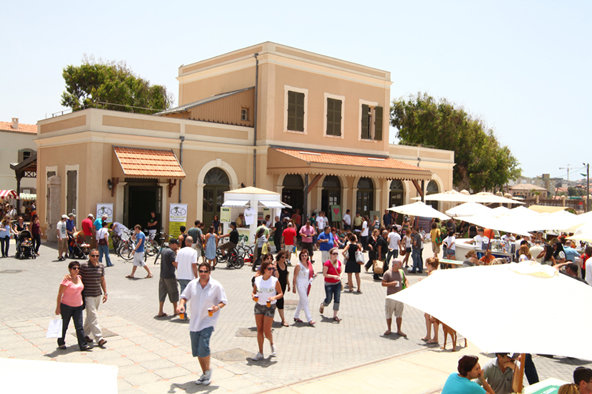
The last time I was there, I cycled to HaTachana, an old Turkish Ottoman railway station in southern Tel Aviv that developers have magically transformed into a fine tourist attraction anchored by a museum, graced by an antiquated locomotive and railway carriages and filled with shops, restaurants, cafes and kiosks.
Travellers less familiar with Israel should bring a good guidebook along. One of the best of the lot, Fodor’s Israel, is published by Random House. I like it because it’s authoritative, expertly organized, well-written and lavishly illustrated.
What more could one want?
If you’re planning your first trip to Israel, turn to page 12 and read about the essentials: Jerusalem, the Dead Sea area, Tel Aviv, Haifa and the northern coast, Lower Galilee, Upper Galilee and the Golan Heights (which was captured from Syria during the Six Day War and annexed in 1981) and Eilat and the Negev Desert.
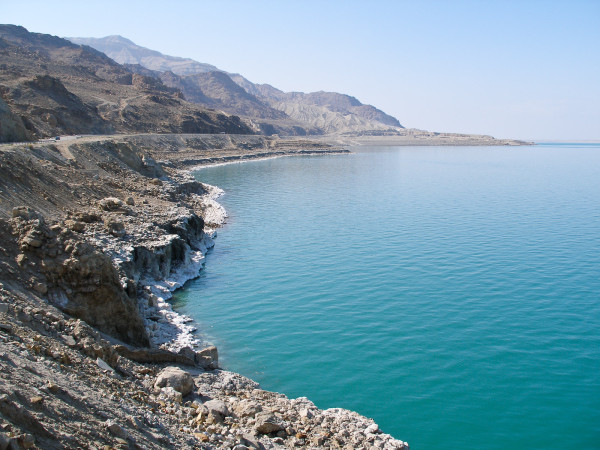
You probably won’t have the time, much less the energy, to explore all these destinations, every one of which is note worthy. If that’s the case, flip to page 18, which focuses on Israel’s top attractions:
The Old City of Jerusalem, which contains, among other compelling sights, the Western Wall, the Temple Mount, the Church of the Holy Sepulchur and a warren of Arab bazaars.
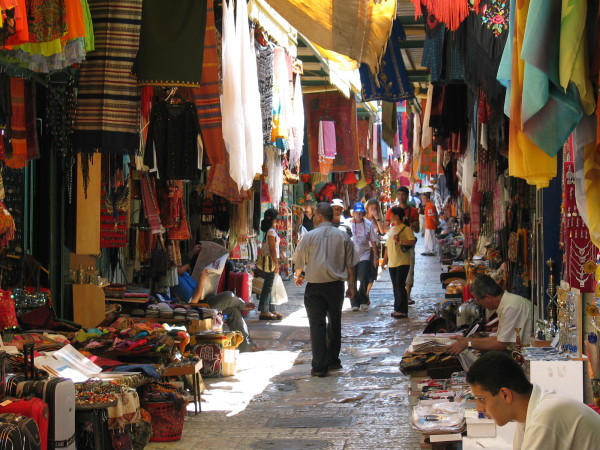
Masada, King Herod’s mountain-top fortress that a Roman army conquered; the briny, buoyant waters of the Dead Sea that you can effortlessly float on, and Ein Gedi, a desert oasis tailor-made for nature walks and hiking.
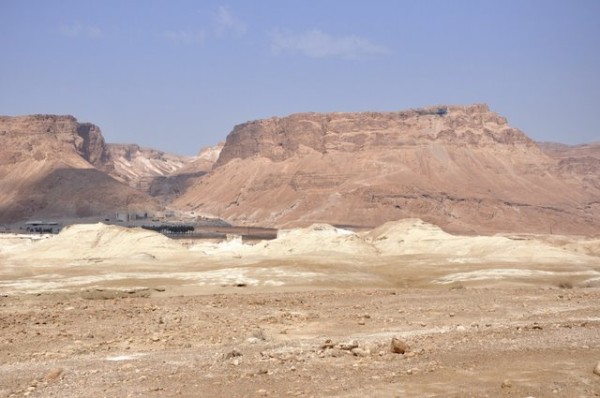
The Israel Museum, a revamped complex in western Jerusalem featuring the inimitable Dead Sea Scrolls, found by an Arab shepherd in a cave in the late 1940s.
The Jordan River sources in the upper Galilee panhandle, one of Israel’s most scenic, unspoiled regions. Here you can dip your feet in the tepid waters of the Jordan River, often frequented by Christian pilgrims; walk along the shore of the tree-shrouded, fast-flowing Dan River, and hike trails adjacent to the Banias River.
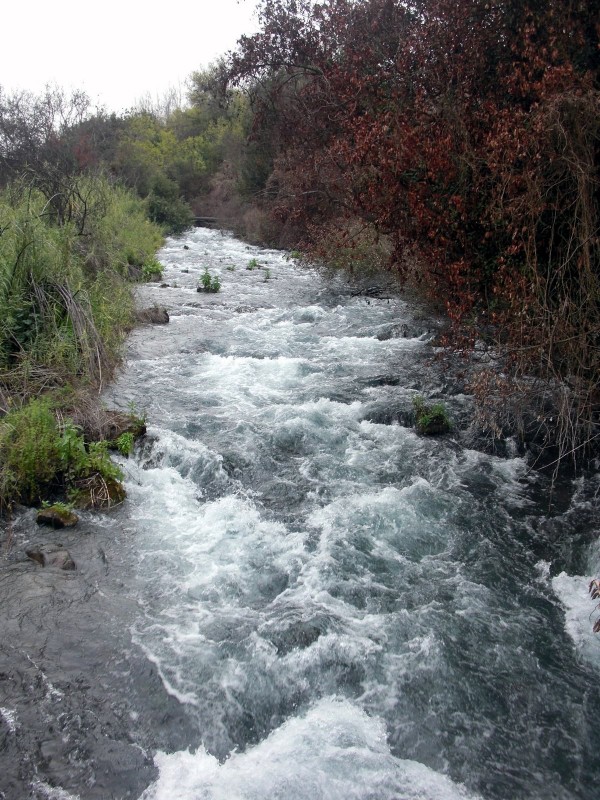
Tel Aviv-Jaffa. Tel Aviv, the world’s first all-Jewish city, has an appealing Mediterranean ambience, excellent beaches, a breezy sea-side promenade, first-class cafes and restaurants, gentrified neighborhoods, an old port that has been converted into a leisure mecca, an unmatched ensemble of Bauhaus buildings and a panoply of must-see museums. Jaffa, formerly a Palestinian enclave, has a lively entertainment district dotted with art galleries, a collection of atmospheric Ottoman buildings, a great Arab bakery (Abulafia) and reputable seafood and Middle Eastern restaurants.
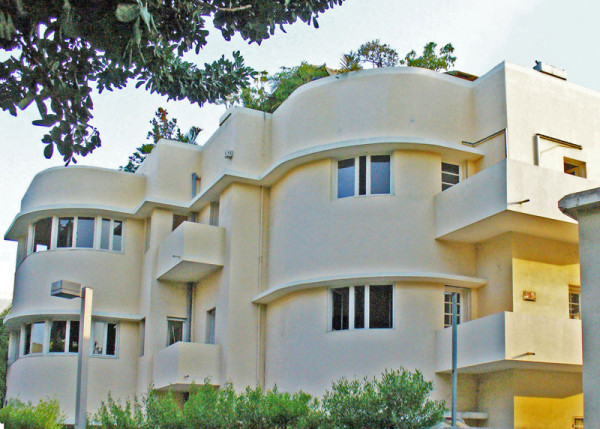
The Sea of Galilee, Israel’s sole freshwater lake, shimmers magically in the sunlight. It’s at its best in the spring and the autumn, when the weather is warm but not so hot. Tiberias, the town hugging its shore line, is worth a visit.
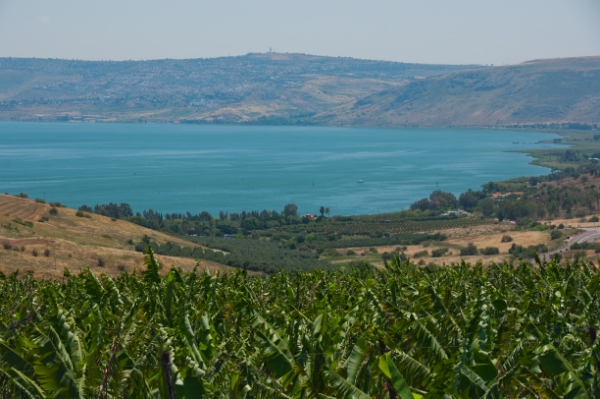
The Negev Desert highlands beckon nature lovers. The Ramon crater is a unique geological phenomenon. Ein Avdat is an exquisite spring-fed chalk canyon where ibex roam. The ruins of Avdat offer insights into water conservation and agricultural practices in the ancient world.
The Bahai Shrine and Gardens on Mt. Carmel, in the port of Haifa, may be the single most beautiful sight in Israel. The gold-domed shrine, the magnificent terraced gardens, the blazing flower beds, the groves of shade trees and the panoramic views of the city and the harbor are nothing less than remarkable and memorable.
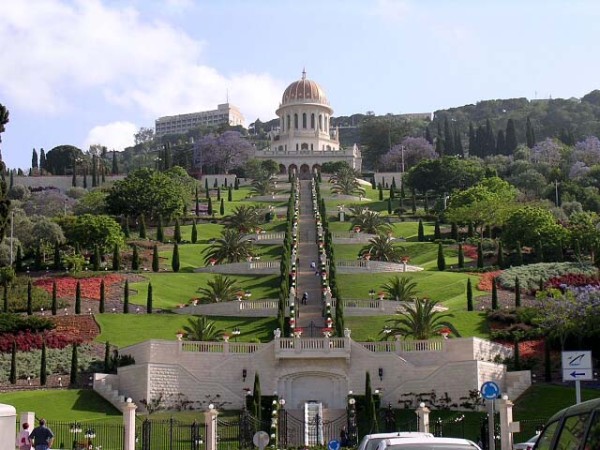
Caesarea, on the coastal plain, is an open-air museum of history featuring a Roman theater and aqueduct and Crusader fortifications.
The Old City of Akko (Acre). Mainly inhabited by Israeli Arabs, comprising a quarter of Israel’s population, this picturesque port has been conquered by a procession of invaders from Canaanites and Crusaders to Turks and British. The covered market is fascinating, as is the town’s most historic mosque.
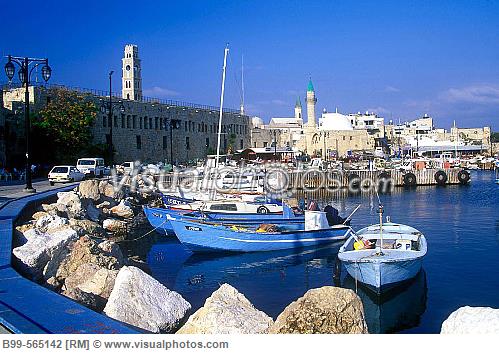
Fodor’s also lists archaeological parks, reserves and sacred spaces, from Tel Dan and Beit Guvrin to Megiddo and Capernaum. And for gourmets and gourmands, a chapter titled Flavors of Israel introduces you to the classic Israeli breakfast — usually served in hotels — cafe culture, Israeli salads, fast foods such as falafel and hummus, as well as grilled meats. Yet another chapter focuses on Israeli wines, which have come into their own of late.
Israel’s colorful outdoor markets, including Machaneh Yehuda in western Jerusalem and Carmel in Tel Aviv, are highlighted, too.
And there are tips about Israel’s finest beaches.
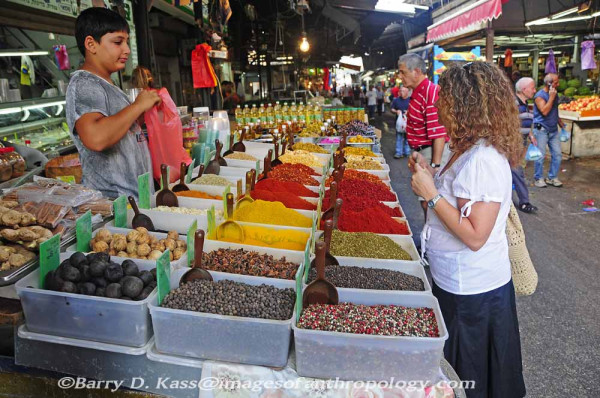
If all this information overloads your brain, go to the chapter on great itineraries, starting on page 41.
If you want to focus on specific regions, start with the summary of Jerusalem on page 53 and proceed onward until you reach Eilat, the resort town adjacent to Jordan and facing the Red Sea.
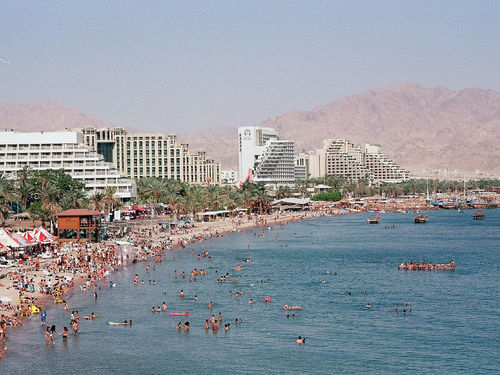
Fodor’s has it all.